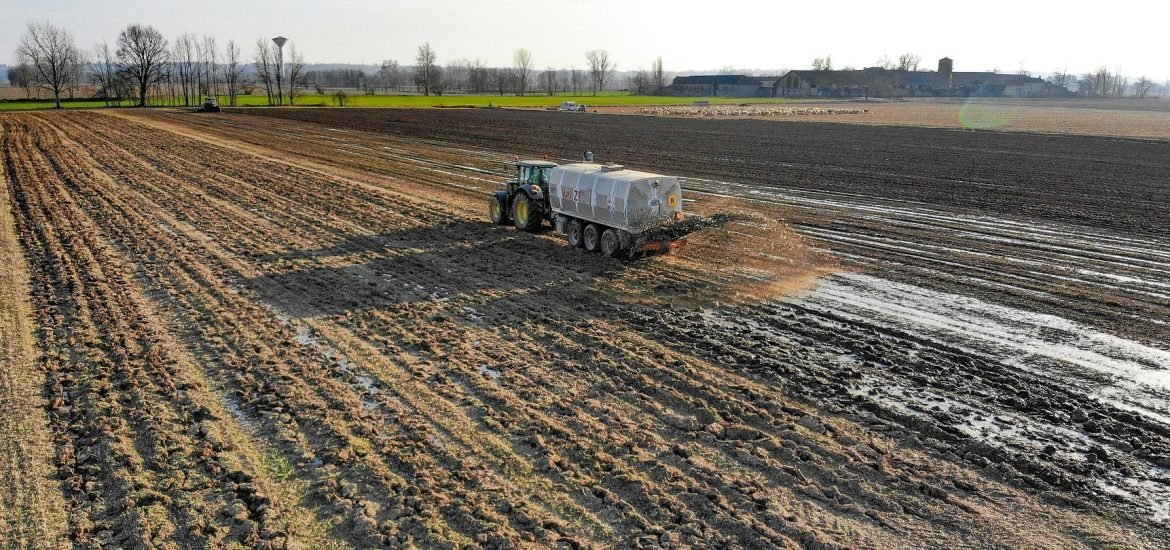
A new study looking at more than 2500 animal and plant species suggests that farming should be as high-yielding and as concentrated in small areas as possible, leaving more space for natural habitats but still covering our food needs. This research shows that most wildlife species would be better using this approach than trying to share the land with farming. Even wildlife-friendly agriculture damages biodiversity and needs more land to produce the same amount of food. The team goes as far as saying that it may also benefit marine species if the same approach is applied to the oceans.
“Figuring out how to feed, clothe and power 11 billion people without causing mass species extinction and wrecking the climate is this century’s greatest challenge. Preserving diverse life while meeting humanity’s needs will mean enormous trade-offs, but the evidence is starting to point in one direction”, said Prof Andrew Balmford. “Most species fare much better if habitats are left intact, which means reducing the space needed for farming. So areas that are farmed need to be as productive as we can possibly make them.”
The UK government’s National Food Strategy uses Balmford’s model and focuses on high-producing farming in small areas to leave space for protected habitats, with a few pockets of traditional agriculture to protect the few species that thrive in this environment. The document points out that about 20% of farmed land in England will have to be re-wielded or used for biofuel production if the UK wants to meet its net-zero targets.
Increasing areas devoted to wildlife will not only protect biodiversity but will also allow these species to repopulate entire regions and nations. For example, Balmford highlights the success of a small 4km2 of restored land in Lakenheath, England. The area used to be covered in carrot fields, but the site is now home to a variety of birds, including herons, egrets and cranes.
In addition to the biodiversity benefits, the researchers also point out that this “land sparing” approach can be a way to fight climate change. Overall, carbon storage levels are higher considering areas of high-yield production and areas of natural vegetation. Balmford’s calculations show that if 30% of UK land was converted to woods and wetlands, it could store enough carbon to virtually offset all emissions from UK farming, as well as provide a massive boost to wildlife.
Further evidence suggests that the same idea can be applied to depleted oceans. Using intensive aquaculture and locally intense fishing could provide enough space to dramatically increase Marine Protected Areas, as well as reduce costs involved in monitoring large areas of open water.
For this approach to work, the areas devoted to farming must be enough to cover our food needs. “You can’t convince people to save nature if they are hungry. We need to ensure we can harvest enough from the biosphere while preserving the planet,” concluded Balmford. “Conservation has to be pragmatic if we are to interrupt an ecological catastrophe.”
Balmford A (2021) Concentrating vs. spreading our footprint: how to meet humanity’s needs at least cost to nature. Journal of Zoology, https://doi.org/10.1111/jzo.12920